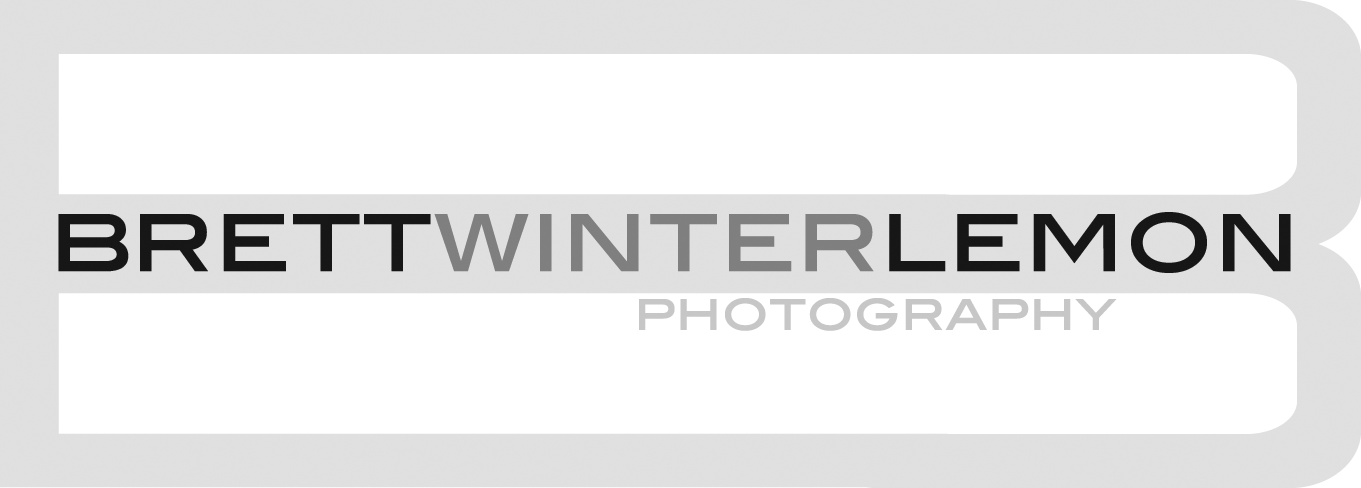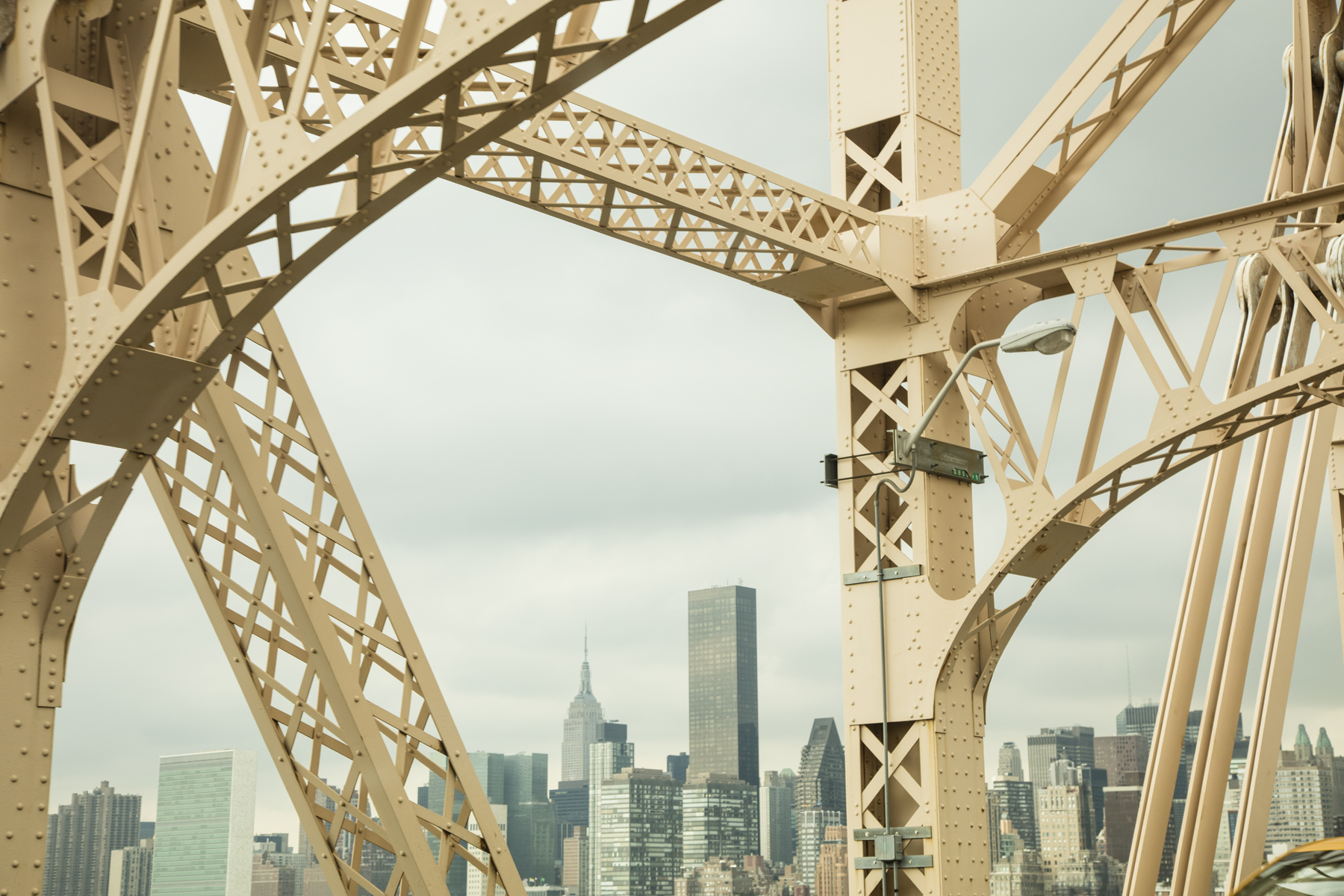Photography and Bad Weather
On many different occasions, I’ve planned a photo shoot, but had to change plans due to bad weather. Whether it is a rain storm, snow, or other less than desirable weather conditions, I’ve often given up and packed my camera away. But recently while shooting around Raleigh, North Carolina, I’ve found that bad weather can be a fantastic time to shoot pictures. By learning how to be prepared for these situations, I’ve discovered bad weather is a fascinating subject.
Benefits of Bad Weather
You may be wondering what benefits there are to shooting during bad weather. One of my favorite reasons to try taking pictures in stormy weather is the dramatic clouds that accompany a storm. If you only take pictures during perfectly sunny weather, most of your outdoor photos will only have blue skies. While blue skies are not a bad subject to include in photos, stormy clouds definitely add an interesting dramatic look to images. Sunsets with clouds are also much richer and more interesting than clear skies. Storm clouds are unpredictable, so you will end up with different photos every time. Wind and rain are also interesting elements to include in an image. These can be used for abstract images or creative nature shots. Rain also enhances the color in an image by saturating a scene much more than on a sunny day. Snow and fog enhance a scene by making an image appear softer. Both of these elements are ideal for creative nature scenes and can be great ways to capture detail.
Protecting Your Gear
While bad weather comes with many benefits, extremely bad weather can damage your camera and gear. By taking the necessary precautions and learning how to keep your expensive gear protected, you can still take pictures during bad weather without worrying about ruining anything. Keeping your gear dry from rain and snow is one of the most important concerns because water can severely damage any equipment, especially your camera. If it is simply sprinkling, make sure you continue to wipe off excess water so it doesn’t get inside your camera. Cleaning the lens is important if you don’t want rain drops to blur your images. A lens shade can also help keep water off the front of your lens. When it is raining harder, it is probably best to cover your camera. While you don’t have to buy expensive covers, you should use a towel, raincoat or plastic bags to ensure that water isn’t soaking your gear. Although it is important to keep your gear safe from excess water, make sure you aren’t completely covering your camera to the point that you aren’t using it enough. Try to keep your gear accessible so you are still able to take pictures.
Another important thing to consider when protecting your camera is avoiding condensation. When you bring your camera from the cold outdoors into a warm house, your camera will start to fog up from condensation. The excess water collecting inside your camera and lens is harmful and could permanently damage your equipment. Before coming inside after a cold day, place your camera in a sealed air tight plastic bag. Doing this will help the condensation to collect in the bag and not in your camera, keeping it protected. It’s best to leave your camera in the bag until it is warmed up to room temperature. Taking these necessary precautions will help you to effectively shoot in bad weather and still achieve amazing results in your images.
Hopefully these few tips help you to get started shooting in different types of weather conditions. Don’t be afraid to grab your camera and shoot outdoors even if the weather isn’t completely favorable. However, sometimes the weather is just too awful to try shooting outside. If you think the weather is too extreme, try waiting it out and shooting later in the day. Even though I was initially afraid to try shooting in bad weather around Virginia and North Carolina, I’ve learned that preparing for bad weather is very simple and almost always guarantees an interesting and creative photo shoot.


